

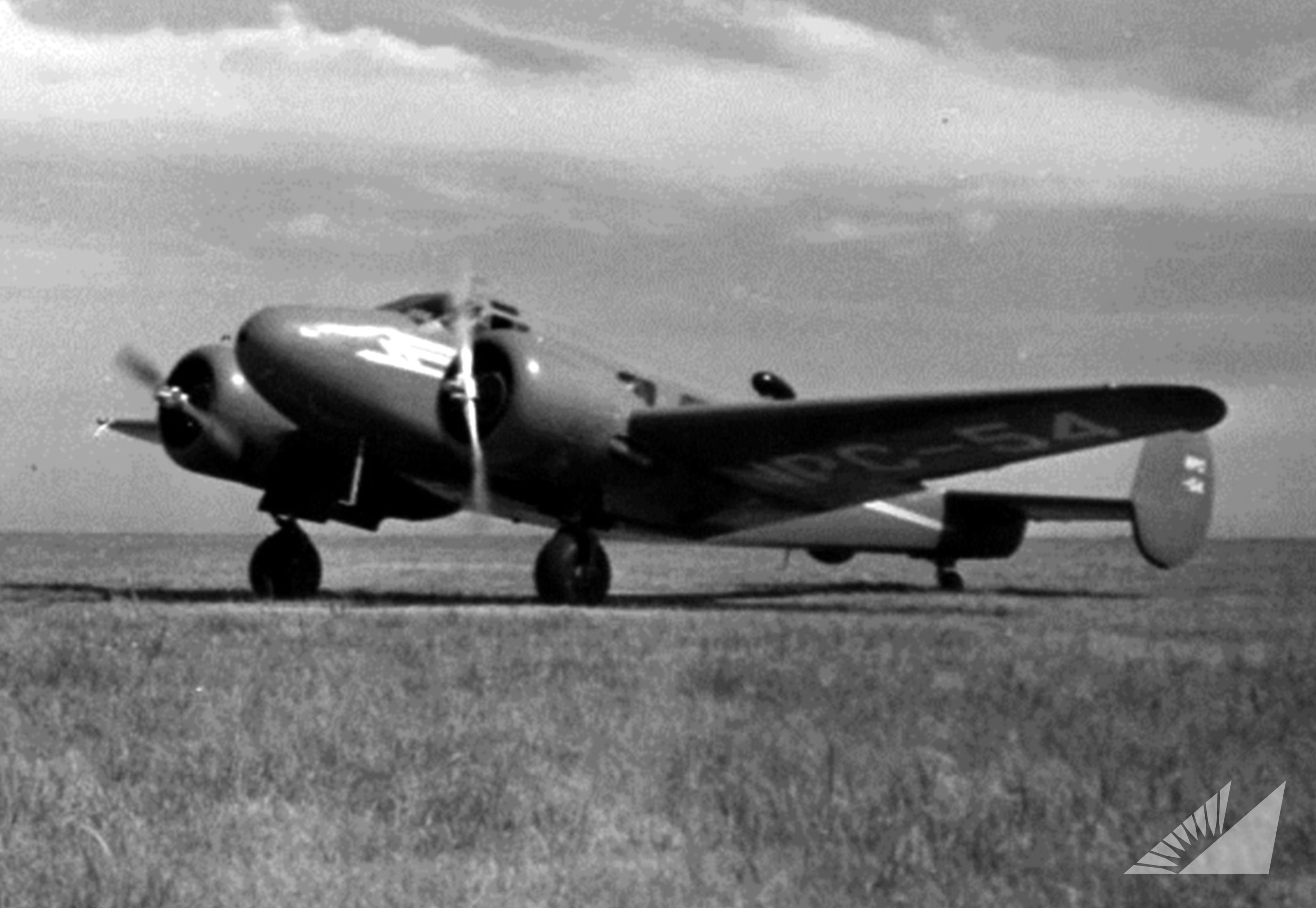
Commercial Aviation in its Infancy.
At the dawn of the aviation age, a pioneer spirit prevails even as people begin to experience the convenience of air travel. A fledgling airline starts its journey just as the war in the Pacific reaches the Philippines’ shores. Devastated by war but determined to serve its battered nation, Philippine Airlines presses its fleet into the war effort with the valiant support of its people. After the war, PAL takes up the mission of rebuilding the country through a growing network of air links across the islands and beyond to the wider world.
1940's Milestones
March 15, 1941
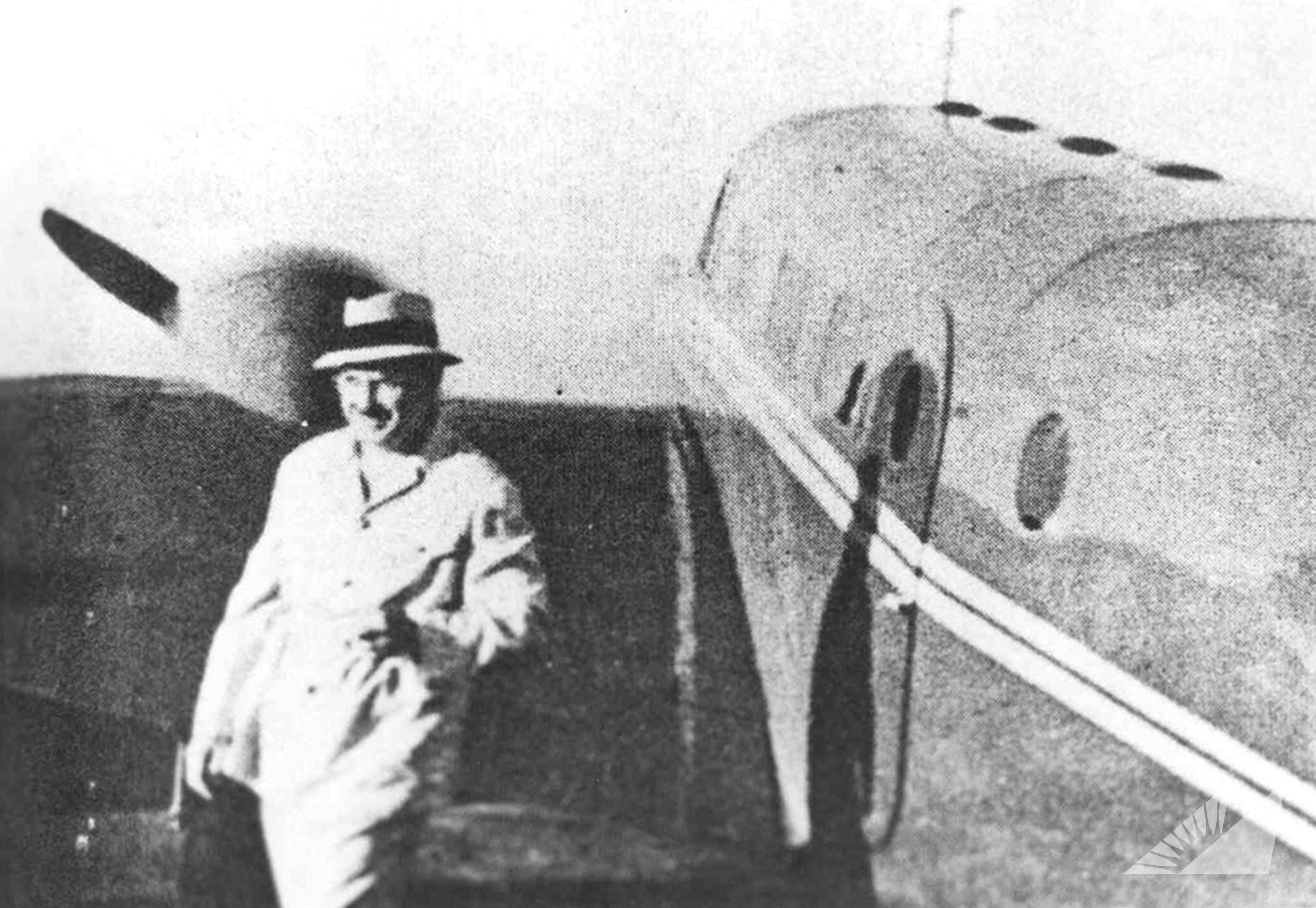
The birth of Asia’s first airline. PAL's Beechcraft Model 18, carrying two pilots and five passengers, took off from Manila’s Nielson Airport heading for Baguio.
December 7, 1941 to 1945
World War II rages in the Philippines. PAL had to stop commercial operations but continued serving the country when its fleet and crew were pressed into military service, becoming part of the USAFFE’s Bamboo Fleet. The Beechcraft fleet was used to transport American pilots to safety in Australia.
August 11, 1945
Filipino entrepreneur Col. Andres Soriano presented a proposal for the revival of PAL, with TWA’s assistance, that was approved by PAL stockholders.
February 10, 1946
Soriano was elected as PAL’s President.
February 14, 1946
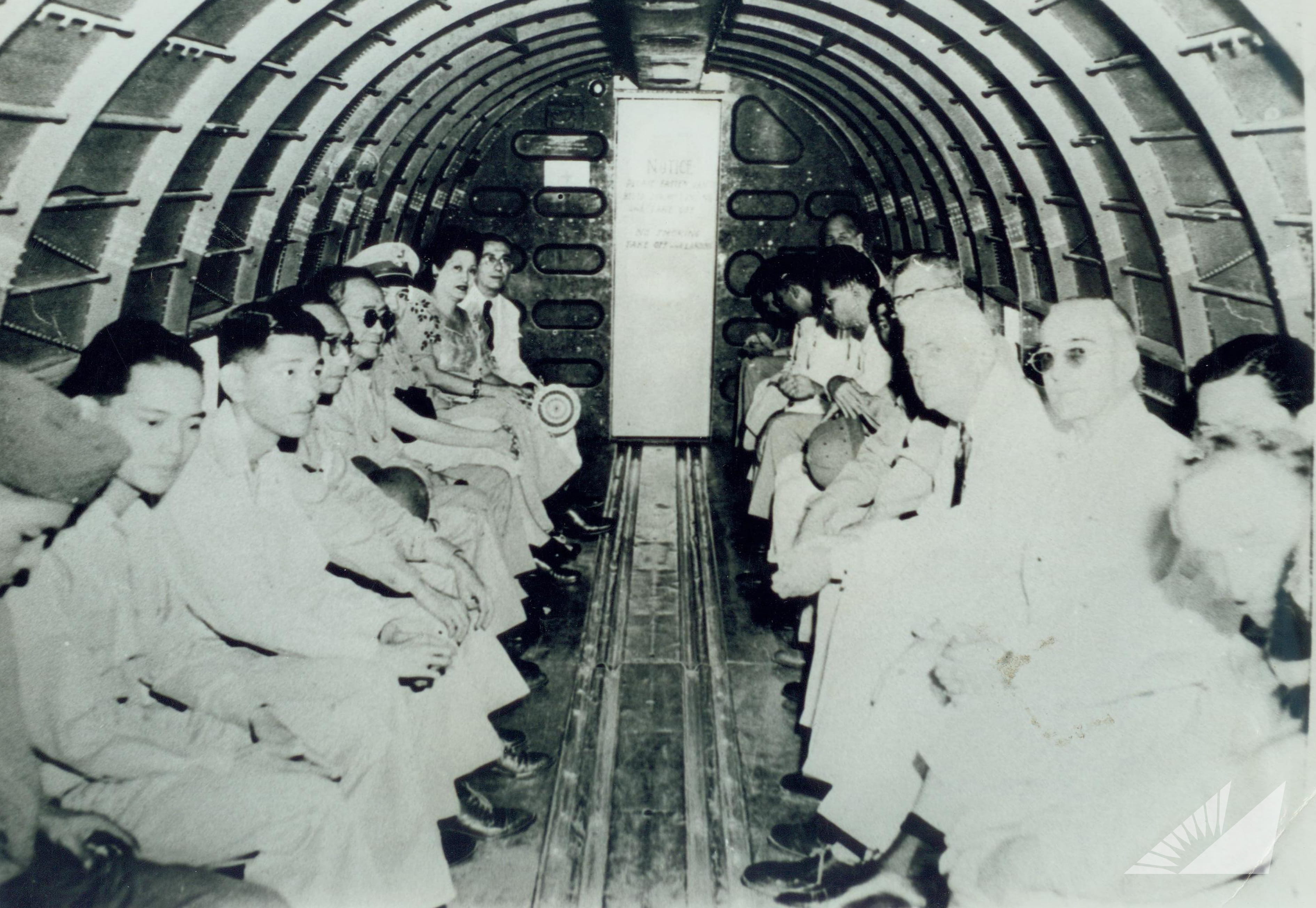
A renewed PAL takes to the air again. PAL started post-war operations with 108 personnel and five Douglas DC-3s serving 8 points from Manila. After simple inaugural ceremonies at Manila’s Nielson Airport in Makati, PAL’s first post-war flight operated from Manila to Cebu, utilizing a DC-3 with bucket seats and crewed by Col. Walter Hurd Jr., Col. Antonio Arnaiz, Editha Gonzales, and Rebecca Versoza.
July 31, 1946
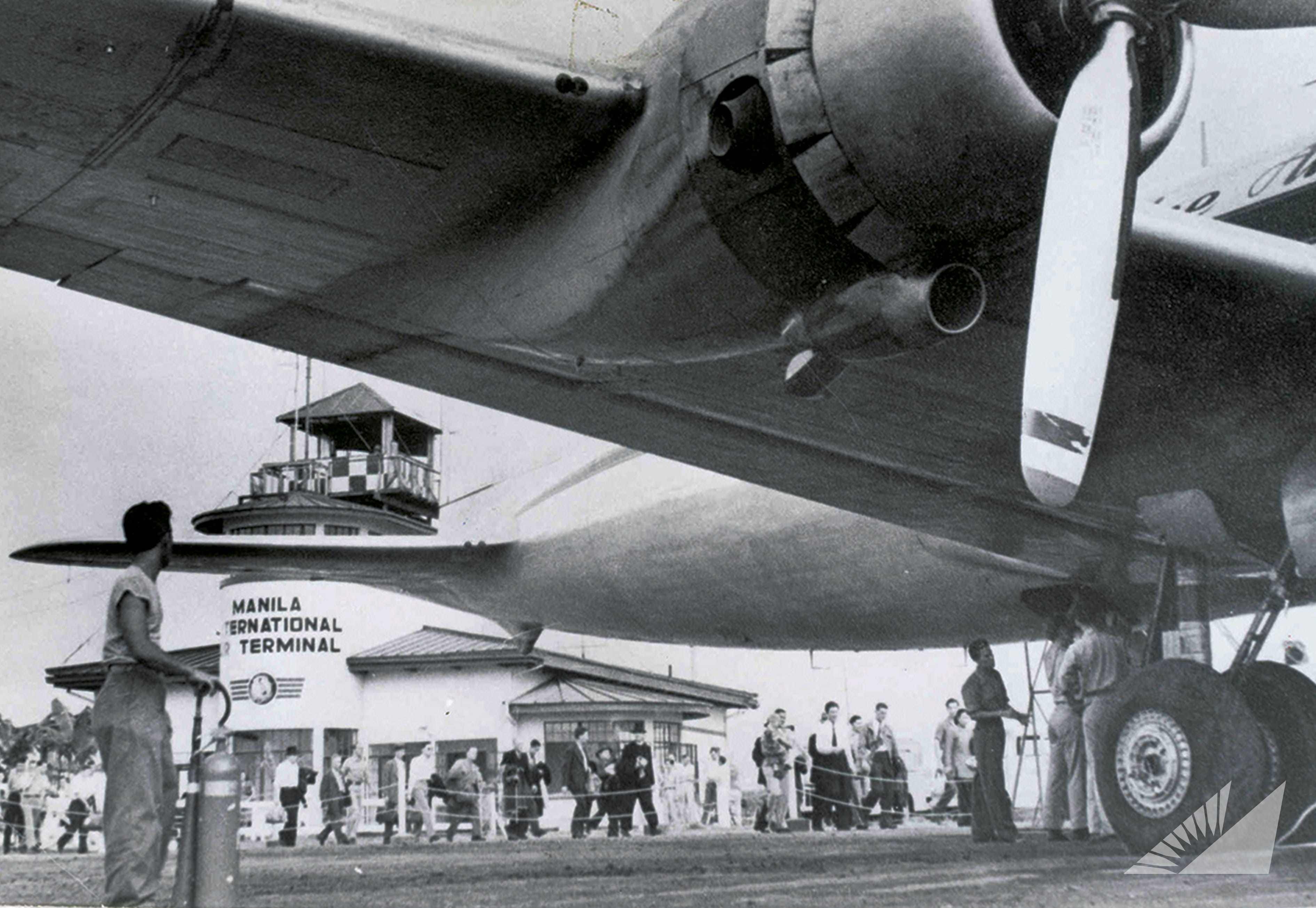
First Transpacific Crossing. PAL became the first Asian airline to cross the Pacific. The flight carried 40 homeward-bound American servicemen on a 41-hour journey from Manila, making stopovers in Guam, Kwajalein, and Honolulu before arriving in Oakland, California. The flight was performed by a Douglas DC-4 chartered from Transocean Airlines.
September 5, 1946
PAL began flying to Hong Kong and Shanghai.
November 14, 1946
PAL was designated as the Philippine flag carrier for services to the United States, under a new air transport agreement between the Philippines and the U.S.
December 03, 1946
PAL acquired its own Douglas DC-4 and commenced scheduled service between Manila and San Francisco (Oakland airport).
May 3, 1947
First European service. A PAL DC-4 took off from Nielson Airport on the long journey to Madrid, Spain, with stops in Bangkok, Calcutta, Karachi, Dhahran, Cairo, and Rome. PAL made history as the first Southeast Asian airline to fly to Europe.
January 12, 1948
PAL transferred its international operations to the new Manila International Airport (formerly Nichols Field), designated to be the new gateway airport under Philippine government policy.
May 21, 1948
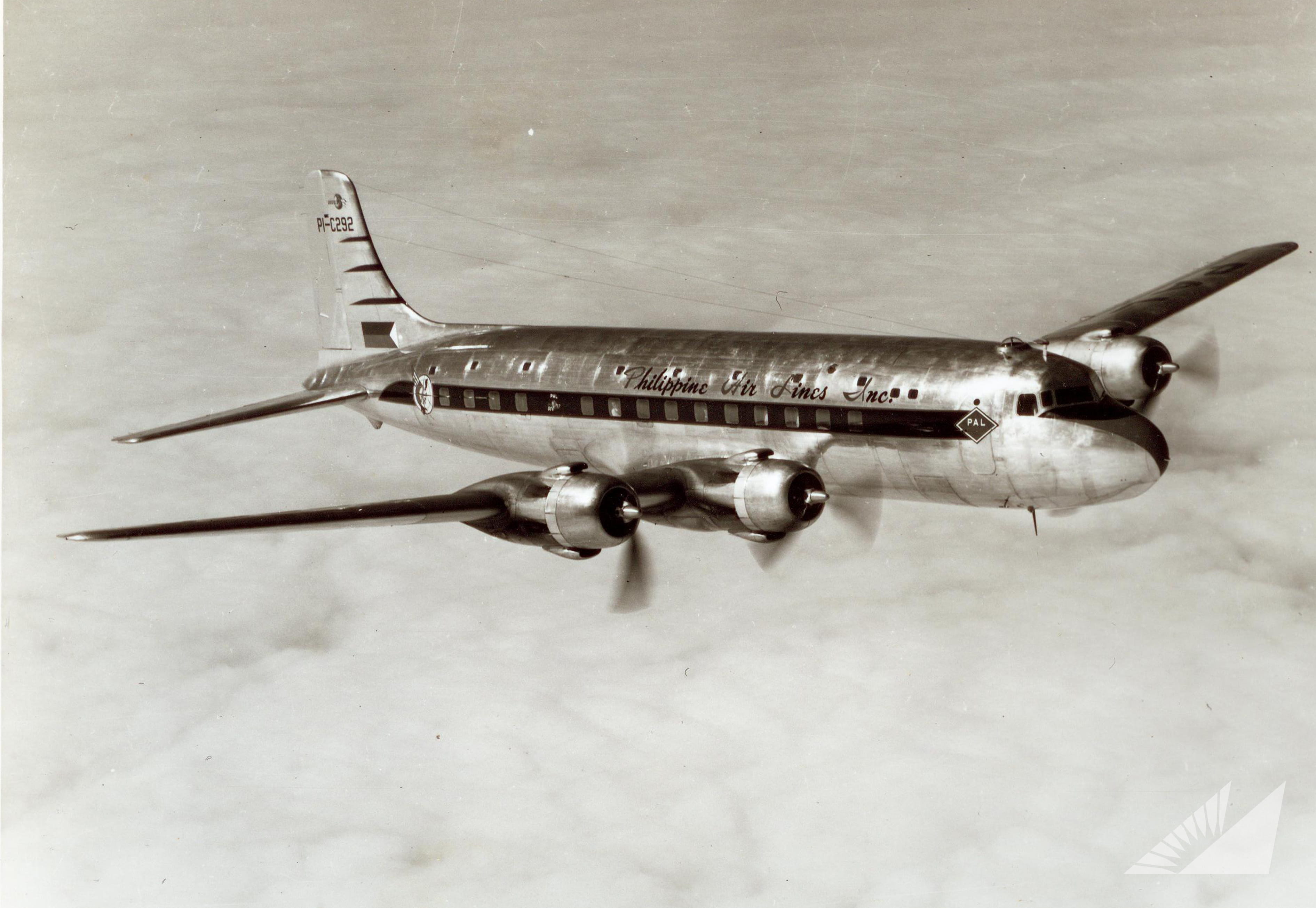
PAL began DC-6 services to the United States, flying from Manila to San Francisco via Guam, Wake Island, and Honolulu.
September 01, 1948
PAL became the sole scheduled airline operator in the Philippines.
January 26, 1949
DC-6 service to Tokyo was inaugurated via Okinawa.
August 06, 1949
Presidential Missions Begin. PAL flew Philippine President Elpidio Quirino to the United States, making him the first Chief Executive of the Republic to fly on PAL for a state visit.
